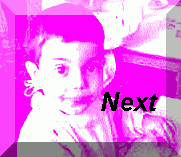
Freud's approach was about drives that need satisfying, so that the aroused state is reduced back to an equilibrium.
| How to summarise Freud? |
| Freud's relationship with the mother is based on reducing arousal caused by basic drives. |
Erikson had produced his own psychosocial theory in 1963. A conflict builds which needs resolving, and the resolution of each creates a new conflict to be resolved: a kind of psychological Hegelianism. From birth to 1 year this is a dynamic of mistrust and trust, and after one year to two this is the clash between autonomy and shame with doubt. So we are talking about trust.
As with Freud there is no real evidence here.
| How to summarise Erickson? |
| A relationship is formed with those who can be trusted to help |
Now attachment or trust should develop with who gives the food, or is seen to come up with the food, but in 1969 Harlow and Harlow used rhesus monkeys to show that whatever gave the food, whether a wire cage or terry-cloth body, the monkeys always preferred to hold on to the terry-cloth body. Lorenz (1952) saw that goslings followed the mother regardless of being fed and showed distress when separated.
This negates the drive theory alone, at least from the limitations of using monkeys. And there was no increase in independence. And following the mother needs another approach.
Regarding Freud and Erickson
This brings us to the most important researcher regarding attachments. John Bowlby (1907-1990) has two phases: early and later.